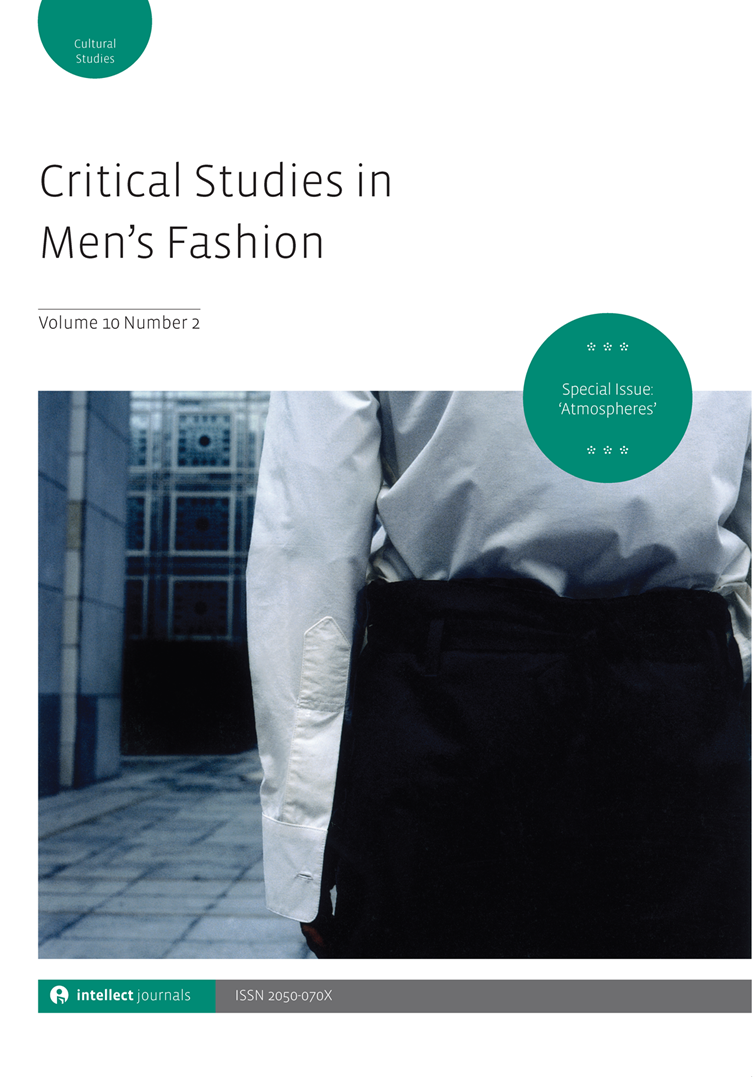-
f ‘Till They See a Man in Spite of His Clothes’: Twentieth-century media and Raymond Duncan
- Source: Critical Studies in Men's Fashion, Volume 4, Issue 2, Sep 2017, p. 113 - 128
-
- 01 Sep 2017
Abstract
Raymond Duncan (1874–1966) entered the twentieth century clothed in a Greekinspired dress influenced by the past, yet strikingly modern for his time. Duncan, a leader at his own self-sufficient art colonies in Paris and Nice, spent 62 years of his life dressed in the daily uniform of hand-woven tunics and leather sandals that he and his followers created for themselves. Duncan first adopted his social and gender-defying philhellenic costume in 1903, and coverage of Duncan and his companions’ dress in newspapers and other media outlets continued throughout his lifetime. This article explores Duncan’s defiance of social conventions via his clothing, and the evolving attitudes of the twentieth-century mindset, from scandalized shock at Duncan’s trouser-less appearance during the 1910s to bemused curiosity from the 1920s onwards. As a male artist travelling through cultural centres such as Paris, London, Berlin and New York during the twentieth century, the attention afforded by the western press to Duncan’s ‘draperies’, long hair and sandalled feet contributed to the artist’s notoriety and success, and revealed a gradually evolving social interpretation of bohemian dress, which, by the time of Duncan’s death in the late 1960s, approached understanding and acceptance.


